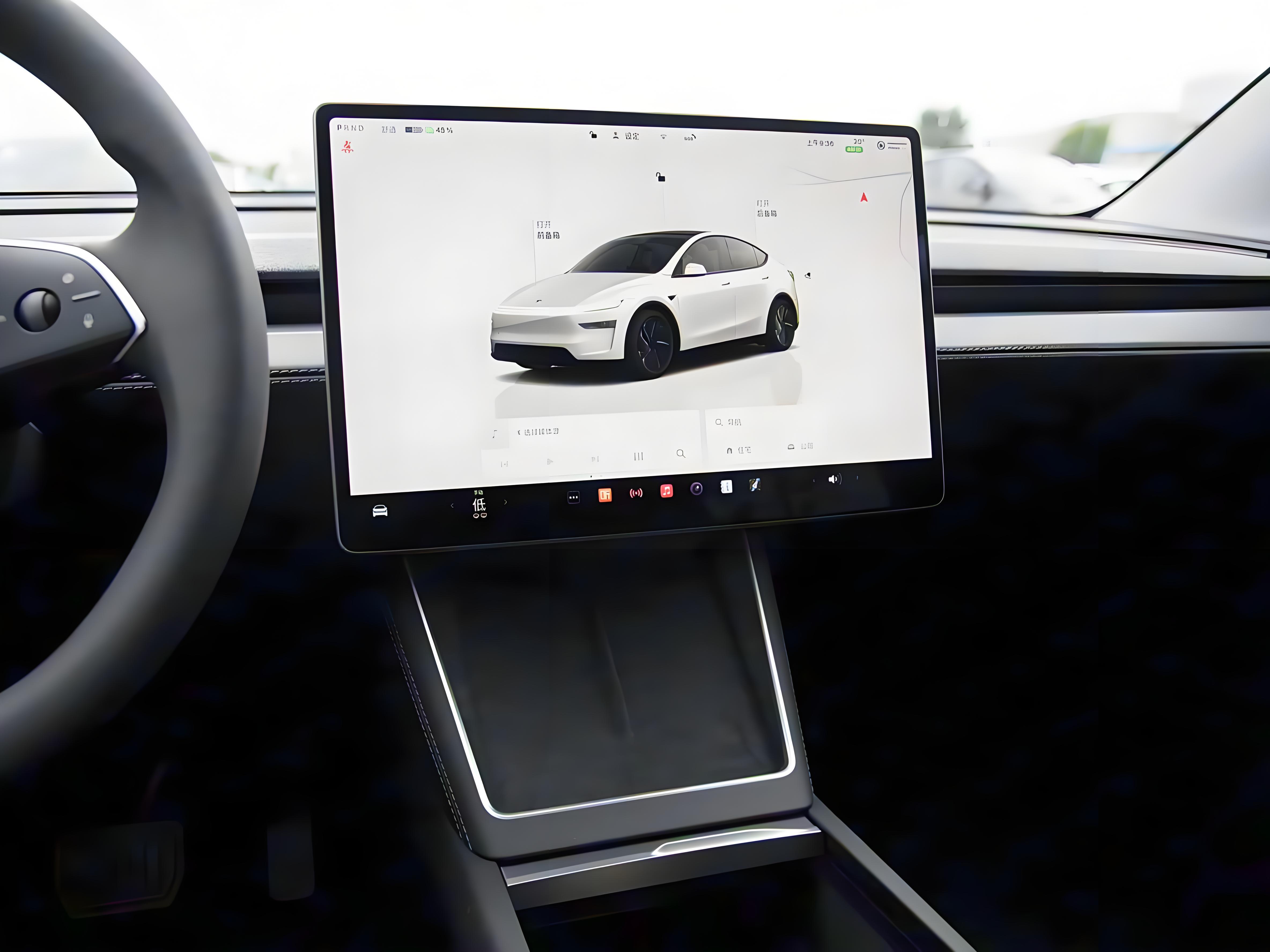
On October 22 local time, Tesla disclosed its third-quarter financial report for 2025, presenting a distinct "two extremes" situation: revenue increased by 12% year-on-year to 28.095 billion US dollars, setting a new quarterly high. However, the net profit attributable to ordinary shareholders plummeted from 2.173 billion US dollars in the same period last year to 1.373 billion US dollars, a year-on-year decline of 37%. The diluted earnings per share of 0.39 US dollars was also lower than the market expectation of 0.54 US dollars. After the release of its financial report, Tesla's after-hours share price dropped by nearly 5% in response, reflecting the capital market's concerns over its profitability.
The decline of Tesla's Lirun is not accidental but the result of the resonance of multiple internal and external factors. The first and foremost is the erosion of gross profit brought about by the "price-for-volume" strategy. To cope with the fierce competition in the new energy vehicle market, Tesla has further intensified its price cuts this quarter: not only has it reduced the prices of several main models, but it has also provided low-interest loans for best-selling models. Moreover, it has launched the Model 3 and Model Y base versions with a starting price reduction of $5,000, aiming to capture the mid-to-low-end market by simplifying configurations. This strategy directly led to pressure on profitability. The gross profit margin of the automotive business (excluding carbon credits) dropped to 15.4%, slightly lower than market expectations. The overall gross profit margin declined from 19.8% in the same period last year to 18%, and the operating profit margin was halved from 10.8% to 5.8%. The shrinking of traditional profit supplements has intensified the pressure on profitability. The carbon emission regulatory credit revenue, which has been a significant source of profit for Tesla in the past, was only 417 million US dollars this quarter, a year-on-year plunge of 44%. This change stems from the adjustment of the policy environment in the United States: After the Trump administration relaxed environmental protection regulations, the demand for carbon credits from traditional automakers dropped significantly, and Tesla lost this "cost-free but highly profitable" source of income. Meanwhile, the dual accumulation of tariff costs and R&D investment has further compressed profit margins. Although all Tesla vehicles sold in the US are produced locally, the tariff expenditures on imported raw materials and components continue to increase, while R&D investment in cutting-edge fields such as artificial intelligence and autonomous driving has driven operating expenses to surge by 50%.
While Tesla's automotive business is under pressure, the explosive growth of its energy storage business has become a core highlight in its financial report. In the third quarter, sales of large batteries increased by 44% year-on-year to 3.4 billion US dollars. The two new products, Megapack 3 and Megablock, gained market favor due to their advantages of low cost and short construction period, especially with a significant increase in demand in the field of energy support for AI data centers. The home energy storage product Powerwall and the solar business have also performed strongly. The demand for residential solar energy in the United States has seen a sharp increase due to policy adjustments. The solar panel production resumed at the Buffalo factory is expected to be shipped in the first quarter of next year and is likely to become a new growth pole. However, the growth of the energy storage business is still not sufficient to offset the decline in the automotive market. Data shows that Tesla's market share in the United States has dropped from 48% in the same period last year to 41%. In the global market, it is facing a comprehensive encirclement from competitors such as BYD and ZEEKR. Byd's sales exceeded 1.1 million units in the third quarter, leading the world with a significant advantage. Brands like Zero Run and Hongmeng Zhixing are also rising rapidly. What is more serious is that Tesla's product iteration speed has slowed down. Its main models such as Model 3 and Model Y have been in service for three to six years, and their appeal has weakened in a market where new models are frequently introduced. Its market share in China has also dropped from 10.5% in the first quarter to 8.8%.
Facing short-term profit pressure, Tesla is still betting on its long-term strategic layout. The self-driving taxi (Robotaxi) business has become the focus of executives' interpretation of financial reports: Currently, the Austin fleet has accumulated over 250,000 miles of mileage, and the San Francisco Bay Area has exceeded 1 million miles. It is expected to operate in 8 to 10 metropolitan areas including Austin and Boston by the end of the year, and Austin will be the first to eliminate safety drivers. This business is regarded as the core carrier for Tesla to achieve "software monetization". Currently, every vehicle delivered has the potential for hardware upgrades in autonomous driving, laying the foundation for future service charges. The health of cash flow provides a buffer for the transformation. In the third quarter, Tesla's operating cash flow reached 6.2 billion US dollars, free cash flow was 4 billion US dollars, and cash and investments increased to 41.6 billion US dollars, an increase of 4.9 billion US dollars compared to the previous quarter. Sufficient financial reserves support its continuous investment in core businesses. As stated in the financial report, despite the uncertainty of trade policies, it will still focus on vehicle delivery and the large-scale application of energy products, and promote the application of artificial intelligence technology in transportation, energy, and robotics.
For Tesla, the profit decline in its Q3 financial report seems more like an inevitable pain during the transition period. Under the short-term impact of price wars and policy changes, the rise of the energy storage business and the technological breakthroughs in autonomous driving might just be the key for it to navigate through industry cycles and achieve the fourth chapter of its "secret grand plan".

Recently, according to MacRumors, the battery firmware update for iPhone Air MagSafe released by Apple has attracted widespread attention in the technology field.
Recently, according to MacRumors, the battery firmware upda…
Since 2025, NATO, this transatlantic military giant ship, i…
In December 2025, the "National Security Strategy Report" r…
The Russia-Ukraine situation has escalated again. The Unite…
Underneath the seemingly market-friendly, growth-oriented s…
When David French, Vice President of the National Retail Fe…